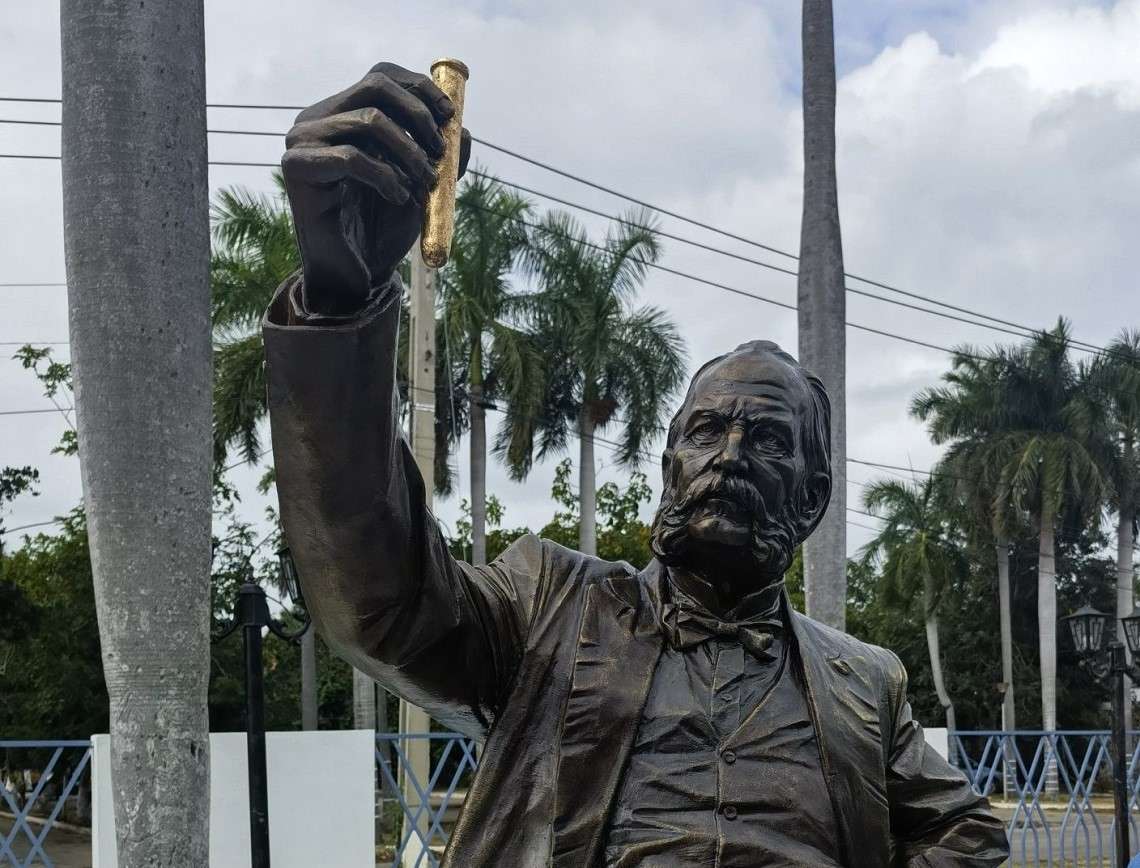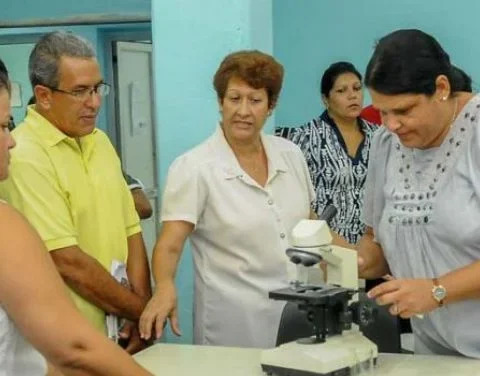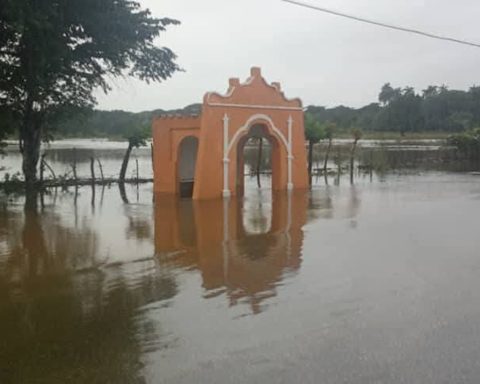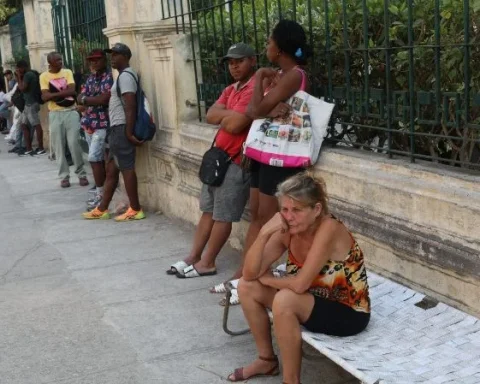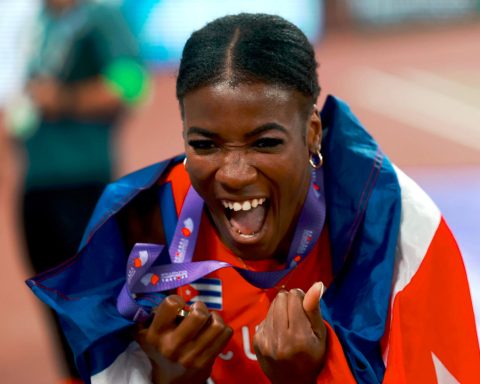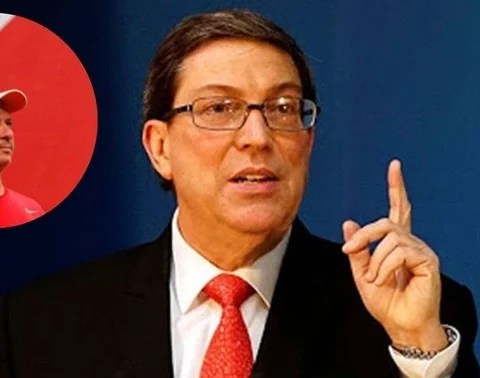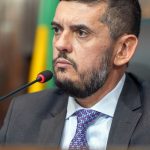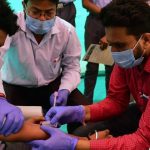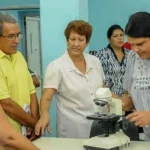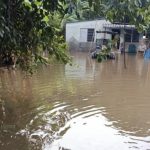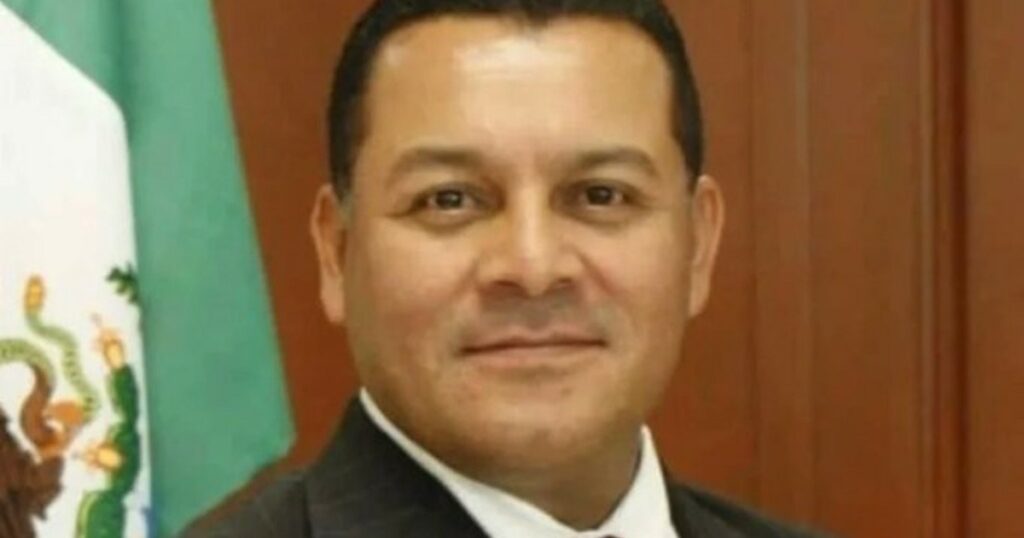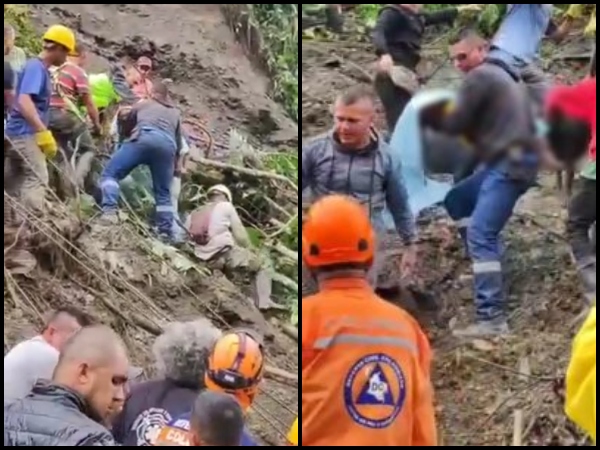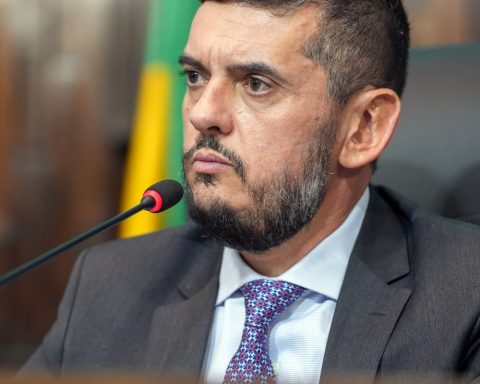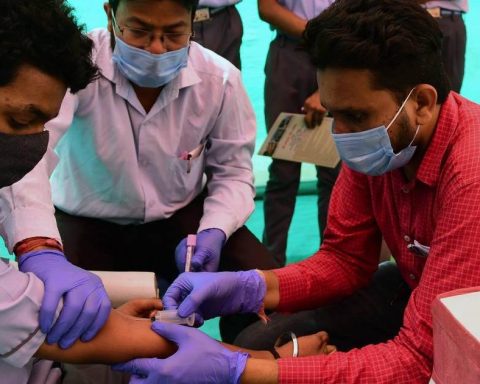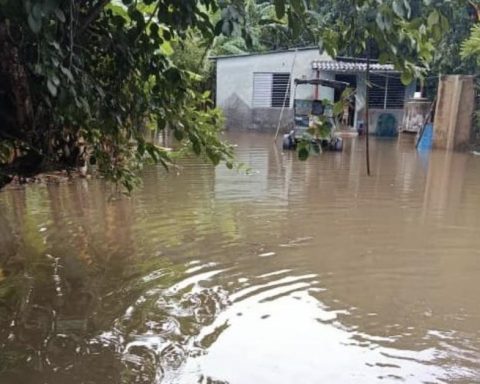A new sculpture that remembers the famous Cuban scientist Carlos Juan Finlay was unveiled this Saturday in Havana about the Latin American Medicine Day.
The effigy, created by the National Prize for Plastic Arts José Villa Soberón, was unveiled at the Institute Finlay of Vaccines (IFV) and constitutes a tribute to the birth of the epidemiologist and discoverer of the transmitting agent of yellow fever, “the greatest Cuban scientist of all time” as the institution points out on its social networks.
first night of #finlay
❤??#CubaIsScience pic.twitter.com/Qx0t99uqkr– Finlay Vaccine Institute (@FinlayInstituto) December 4, 2022
Villa Soberón worked together with the sculptor Gabriel Cisneros and the work was made possible by the request of the director of the Institute, Dr. Vicente Vérez, who, according to the center “asked the artist for a living sculpture, reflecting the discovery of the eminent scientist.” .
The image of Finlay, recreated standing with a test tube in his hand, is next to a Cuban flag and at the feet of several royal palms. It is surrounded by a “Camagüey garden”, as a symbol of his native land.
The act celebrated another anniversary of the creation of the scientific institution, and is part of the activities for the tenth anniversary of the Group of Biotechnological and Pharmaceutical Industries of Cuba (BioCubaFarma).
Since its foundation in 1991, the IFV’s mission has been to research, develop, produce, evaluate, negotiate and market knowledge, technologies and products, mainly vaccines. Three of the five Cuban drugs against COVID-19 were created in its laboratories.
In fact, according to the artist quoted by the IFV networks, this creation is marked by the coronavirus pandemic since “it was made during the facemask period and as a thank you to the Cuban scientists who created the Sovereign vaccines.”
Villa Soberón (Santiago de Cuba, 1950) is also the author of a series of sculptural figures distributed in the city, such as El caballero de París (in front of the San Francisco de Asís Convent, Old Havana), Ernest Hemingway (Floridita Restaurant, Old Havana) or John Lennon (park of 17 and 6, El Vedado).
Born in Camagüey, in 1933, and died in Havana, in 1915, Finlay is known worldwide for having identified the mosquito Aedes aegypti as a transmitter of yellow fever or, more broadly, for having launched the hypothesis that some infectious diseases are transmitted through intermediary agents, in this case the mosquito. For his work he was nominated in 1905 for the Nobel Prize in Medicine.
Several have been the sculptural appropriations to honor him.
A statue was inaugurated in Havana on May 17, 1921, in the park that also bears his name, located on Avenida Padre Varela, commonly known as Belascoaín, and Enrique Barnet, Maloja and División streets in the Centro Habana municipality.
According to the website of the National Library of Cuba, the monument of the Spanish sculptor Ramón Mateu is made of marble and has a height of 7.40 meters. Finlay’s figure reaches 2.50 meters. Other bronze busts of prominent Cuban doctors were later placed around it.
Another representation corresponds to the Cuban sculptor Juan J. Sicre Vélez and was inaugurated in 1948. It is located in areas of the Military Hospital «Dr. Carlos J. Finlay”, in Marianao, the town where Finlay carried out most of the research.
